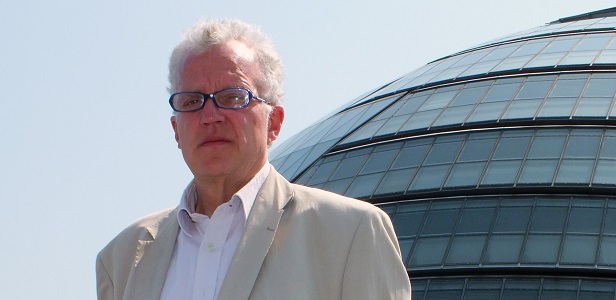Yesterday was the second anniversary of the introduction of the congestion charge in London and most predictions about it have proved woefully wrong.
On the one hand, there were the pessimists who argued that there would be chaos on the streets and that the whole scheme would collapse in the face of massive opposition and technical problems. Well, it didn’t. Broadly, the scheme has operated well and brought in a useful amount of revenue that is spent on transport projects such as improving bus services, while definitely improving traffic flow and the environment in central London.
Of course there has been the odd technical mishap and some motorists have been charged when they were in fact minding their own business in Inverness. However, the mayor, Ken Livingstone, safely re-elected, is so confident about the scheme that having once promised that he would not increase the £5 charge, has now announced it is going up to £8 later this year and is pushing on with plans to expand the area westwards.
Then there were the optimists who thought that towns and cities across Britain would quickly follow suit and they too were mistaken. No other areas have followed suit and whether any do so in the near future is dependent on the vote currently taking place in Edinburgh on the imposition of a £2 charge for all motorists driving in the city. Even outside the UK, few others are following the example, despite a stream of visitors to London’s City Hall examining the scheme, with only Stockholm ready to go with a fully worked out plan due to start this June.
The reason no one has followed London’s successful example is that the capital is unique. First, it has a powerful mayor who was able to take the risk of introducing the charge knowing that it would only affect a very small minority of his constituents, since few people drive into London during the day and they, in case, tend to be affluent and unlikely to support the left-leaning Mayor.
Secondly, London has an extensive system of public transport (regular tube users, don’t laugh, but it is true). Even before the congestion charge, over 90 per cent of people going into the centre of capital during the peak hours used it and therefore the system could easily accommodate a few ex-motorists who abandoned their cars when the congestion charge came into force.
Neither of these preconditions exist outside the capital. The London mayoral system introduced by Labour in 2000 gives Livingstone far greater powers than any other local government politcian in the country. Our regional towns and cities may have the odd good tram system, such as in Manchester and Nottingham, and a few have good rail services such as Leeds and Glasgow, but none can compare with London’s tube, rail and bus networks. Therefore most people have little viable alternative to using the car and the charge is more a tax on motorists than an encouragement to use public transport.
The key to the introduction of any scheme is winning over public opinion. While Londoners have broadly accept the charge, there is still considerable debate over its effect, especially on retailers. Research by Transport for London suggests there was little damage but another report, from commissioned by the John Lewis partnership, suggeststhat retail sales on London’s Oxford Street had fallen by 5.5 per cent as a result of the imposition of the charge. That kind of evidence could be dynamite in places like Bristol, Cardiff, Leeds and Manchester where the idea has been put forward or discussed.
However, eventually, we may all end up paying some type of road pricing. The Government is looking at how a universal system of road user charging would work – in other words, a charge would be made for every yard we drove, but it would be varied according to the usage of the particular road. Rural highways, therefore, might be almost free, while driving down London’s Park Lane in the rush hour could be prohbitively expensive.
Such a scheme would require having a satellite based system monitoring every car, something which would have civil liberties implications as well as require a massive expenditure on the equipment. Ministers reckon such a plan might be feasible some time in the 2010s, long enough away for them not to lose any votes on it. The crucial issue is whether it would replace existing taxes on cars and petrol, or be an additional form of taxation in order to get people to drive less, perhaps as part of the battle against global warming.
A lot therefore hinges on the result of the vote in Edinburgh. If the electorate cannot even agree to paying a relatively small sum in an effort to beat congestion, then any bigger scheme is likely to result in such strong opposition that no government will attempt to introduce it and even local councillors may retreat from the idea. On the other hand, if Edinburgh gives it the nod, then expect both local and national politicians to be braver in putting forward schemes.
